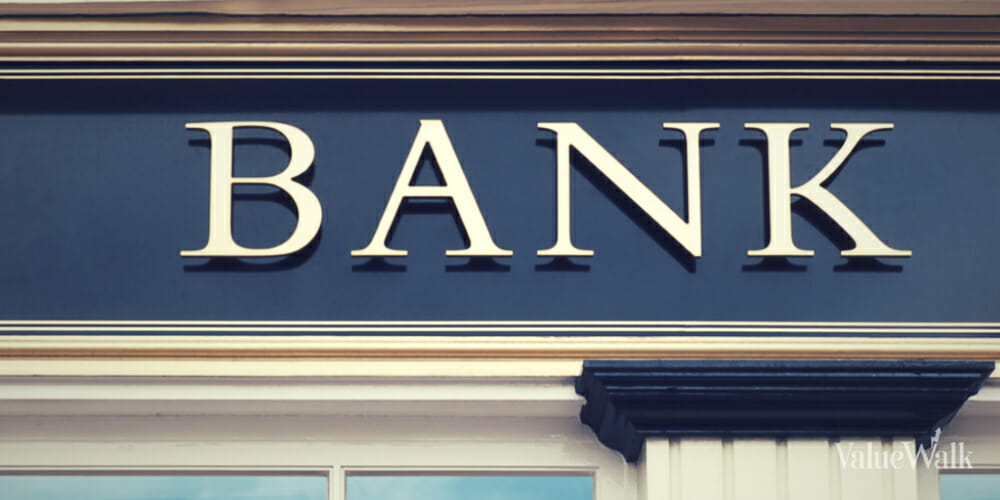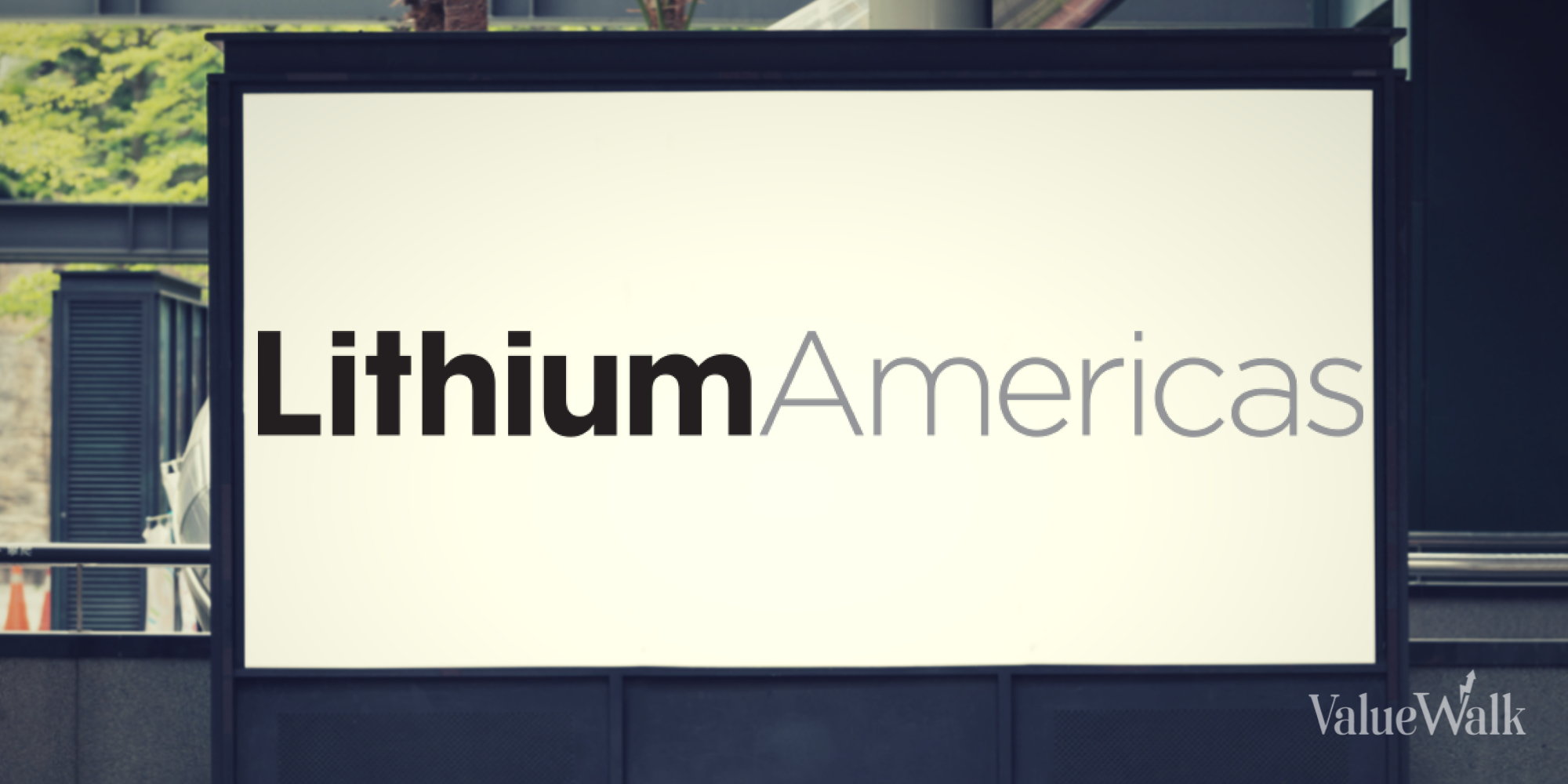A year ago this month, U.S. banks faced the biggest crisis since the Great Recession roughly 15 years earlier. Three major regional banks were dissolved and sold for parts as a result of the crisis.
The fallout started on March 10, 2023 with the collapse of Silicon Valley Bank, which had been the 16th-largest bank in the country. A few days later, the 29th-largest U.S. bank, Signature Bank of New York, failed, and a little more than one month after that, First Republic Bank, the 14th-largest bank in the U.S., also went under.
However, it was Silvergate Bank’s March 8, 2023 liquidation announcement that triggered a domino effect that swept across the regional-banking industry. That announcement followed the collapse of cryptocurrency exchange FTX, which sent the industry and the markets into a tailspin.
Customers quickly began to wonder if their money was safe and questioned the solvency of their banks. The federal government had to step in to provide a financial backstop, and large banks poured in billions of dollars to replenish the Federal Deposit Insurance Corp.’s Deposit Insurance Fund.
Most bank stocks tanked during the crisis, even those of large banks with plenty of liquidity to handle that kind of shock. One year later, the industry has stabilized, but many banks are still struggling.
Here are some of the best- and worst-performing big-bank stocks over the past 12 months.
Top performers
If you look at the performance of the top 20 banks since March 8, 2023, the average big bank is down, according to the KBW Nasdaq Bank Index. The index, which tracks the performance of the largest bank stocks, is down by about 2% since the crisis began.
Thus, while most have struggled to overcome those steep losses last March, there are still a couple of clear winners. The biggest winner by far has been First Citizens BancShares (NASDAQ:FCNCA), which is up some 127% since March 8, trading at around $1,608 per share.
Raleigh, N.C.-based First Citizens basically doubled in size over the past year as it acquired most of Silicon Valley Bank’s assets from the FDIC. As of Dec. 31, it had $214 billion in assets and was the 16th-largest U.S. bank. The bank is cheap from a valuation standpoint with a forward price-to-earnings ratio of 9 and is a consensus buy among analysts with a price target of $1,850, which would be 15% higher than its current price.
The second-best large bank stock is JPMorgan Chase (NYSE:JPM), which is the largest bank in the country. Like First Citizens, JPMorgan Chase was a beneficiary of the crisis, in that it acquired the assets of the failed First Republic Bank. It brought in $229 billion in assets and $104 billion in deposits from First Republic, which helped build out its private banking business for high-net-worth clients. As of Dec. 31, JPMorgan Chase had almost $2.7 trillion in assets.
Since March 8, 2023, JPMorgan Chase has seen its stock price rise about 40% to its current price of $195 per share. For JPMorgan Chase, it is a case of the rich getting richer as it has long been the best-performing large bank. Over the past 10 years, it has posted an average annualized return of 12.3%.
JPMorgan Chase has a forward P/E of 12 with a consensus price target of $196. That’s barely a blip over its current price, but JPMorgan Chase has long been the best-performing, most-stable, most-efficient, and best-diversified bank. Thus, it’s one you can consider a long-term stalwart.
A few others worth mentioning are Ally Financial (NYSE:ALLY), up 33%, Capital One (NYSE:COF), up 32.5%, and Wells Fargo (NYSE:WFC), up 28.5% since the crisis began. All are still relatively cheap, but analysts aren’t particularly bullish on any of them, nor are they bearish. All three would be holds.
First Citizens is the best buy across the entire industry, followed by JPMorgan Chase.
The worst performers
As previously stated, most large banks have struggled to regain their losses last spring, but some have been hit harder than others.
The worst performer among large U.S. banks has been Truist Financial (NYSE:TFC), which is down 13% since March 8, 2023. Truist has faced challenges with deposit outflows and contracting margins due to rising interest rates that have led to higher deposit costs and lower loan totals. It has also had deteriorating credit quality, which has led to higher provisions for credit losses. In the most recent quarter, Truist reported a $5.2 billion net loss, but that was caused by a $6.1 billion one-time, goodwill impairment. Otherwise, it would have had a net gain of $1.1 billion.
The second-worst performer is State Street (NYSE:STT). State Street is a custody bank for institutional investors and an asset manager. It runs the SPDR family of ETFs and other investments, so it is a little different from the other banks. State Street’s stock price is currently down 11.6% since March 8, 2023, and it is coming off a quarter in which its expenses increased 25%. Those increases were due in part to the FDIC’s special assessment. As a result, State Street’s net income plunged 71% to $210 million.
The stock is cheap with a forward P/E of 9, and analysts have a consensus price target of $85 per share, which is up by about 12% from its current stock price. It might be worth kicking the tires on State Street stock, as the company expects higher fee revenue and lower expense growth in 2024.
Overall, First Citizens looks like the best buy, with JPMorgan Chase always worth considering as a long-term option. State Street also has some decent potential upside at its valuation. The others are solid holds, but you would certainly want to do some additional research on them before making any decisions.
Disclaimer: All investments involve risk. In no way should this article be taken as investment advice or constitute responsibility for investment gains or losses. The information in this report should not be relied upon for investment decisions. All investors must conduct their own due diligence and consult their own investment advisors in making trading decisions.





